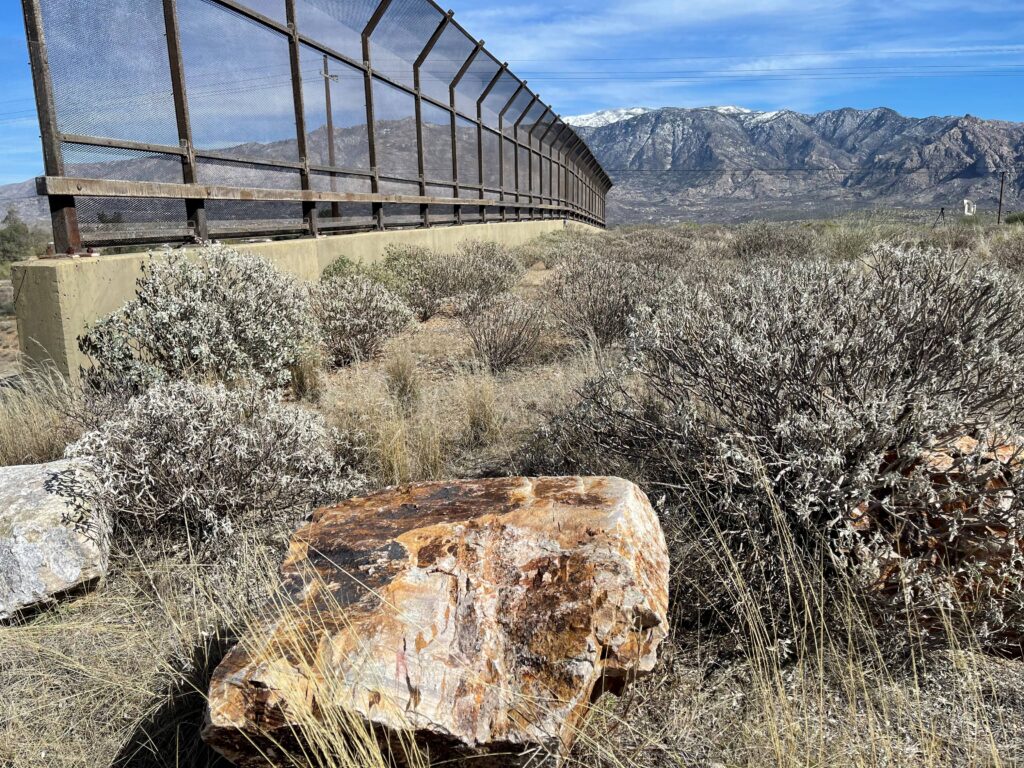Low impact development, or LID, uses engineering techniques and nature-based solutions to develop green infrastructure to retain and use stormwater for environmental and community benefits.
Green infrastructure:
- provides habitat
- reduces the urban heat island effect
- improves stormwater quality
- adds cooling and shading to urban neighborhoods
- improves air quality
Stormwater harvesting basins support vegetation, for example. Management of stormwater runoff and pollution also supports a more attractive, mobile and safer environment in developed areas.
In the U.S. Environmental Protection Agency document entitled “Green Infrastructure (GI) in Arid and Semi-Arid Climates,” the Tucson region is used as an example of a growing LID community.
Pima Association of Governments has assisted by tracking progress of green infrastructure development, sharing information through forums and stormwater engagement resources, inventorying best practices across the region, and partnering in studies. Past forums have resulted in reports on goal setting and gap analysis which may be found in the documents links below.
The PAG Regional Council approved a resolution in 2012 highlighting the economic, health and transportation safety benefits of green infrastructure. It reaffirms the importance of using stormwater as a water resource in the greater Tucson region. The resolution encourages incorporating green infrastructure as a cost-saving option
for roadway projects with greater return on investment than grey infrastructure. It also recommends measuring how green infrastructure projects benefit economic vitality, long-term water reliability, heat and drought resilience, urban biodiversity and ecosystem connectivity.
Stormwater harvesting and other green infrastructure practices keep yard chemicals on-site, treating pollutants biologically through soil processes and slowing floodwater which otherwise would be conveyed through the streets and into desert washes.
PAG’s interactive resiliency planning maps include a green infrastructure prioritization tool. These maps were developed to help decision makers allocate limited financial resources to high impact opportunities. Available data layers on the map include regional tree canopy, surface temperature, vulnerable populations, the PAG Tucson Bikeways map, impervious surfaces, and stormwater flow lines.
The map allows you to explore the relationships between environmental conditions and social demographics. When a higher number of shade trees is present as a result of enhanced stormwater management, for example, you see heat reduction benefits.

